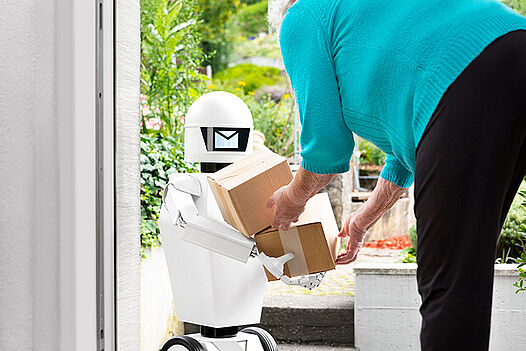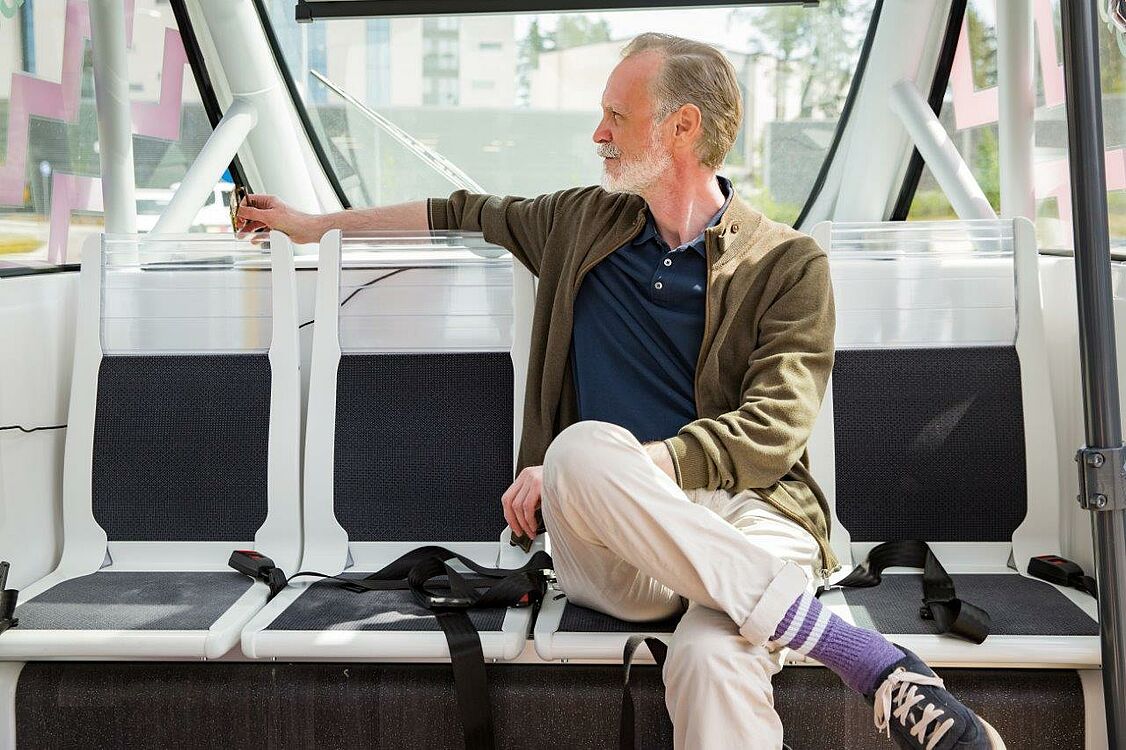Automated vehicles could help older people with special needs in particular to improve their mobility, autonomy and quality of life. However, these positive expectations do not fulfill themselves: People must be genuinely relieved by the technology - in other words, there must be no excessive demands made on them by the technology. This must be ensured through careful design of the human-machine interfaces.





